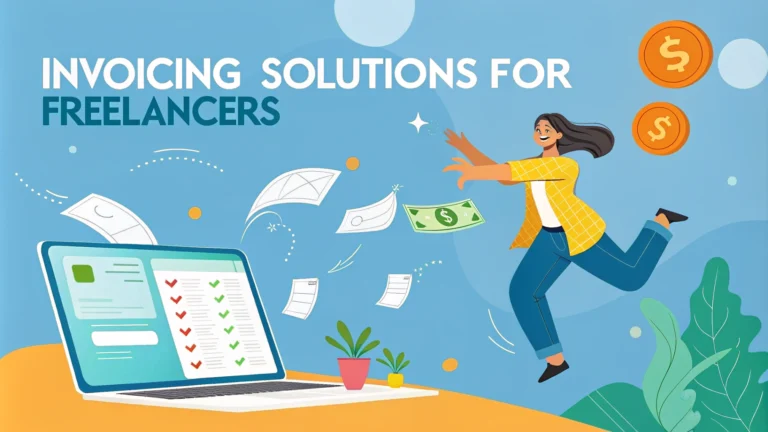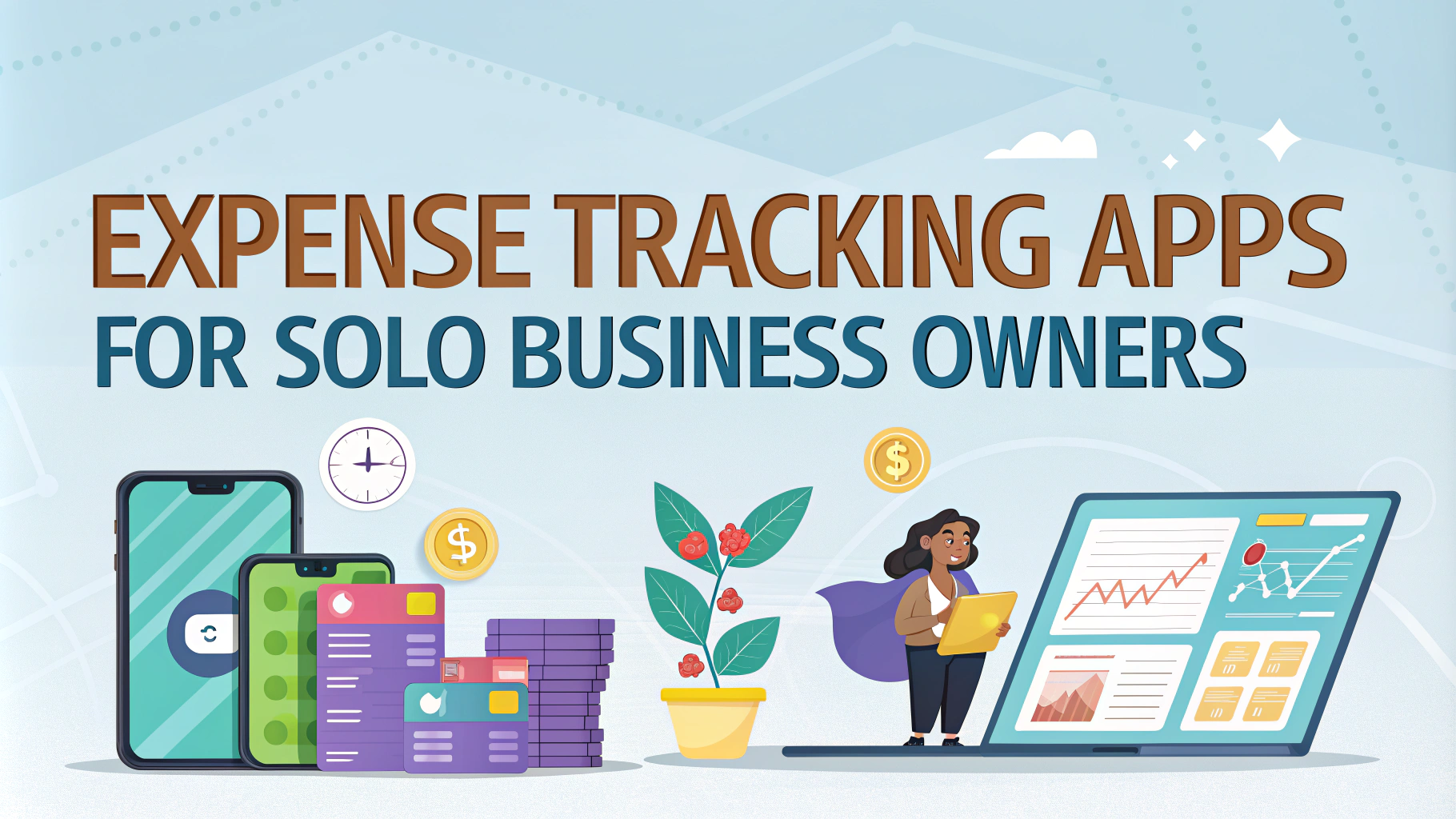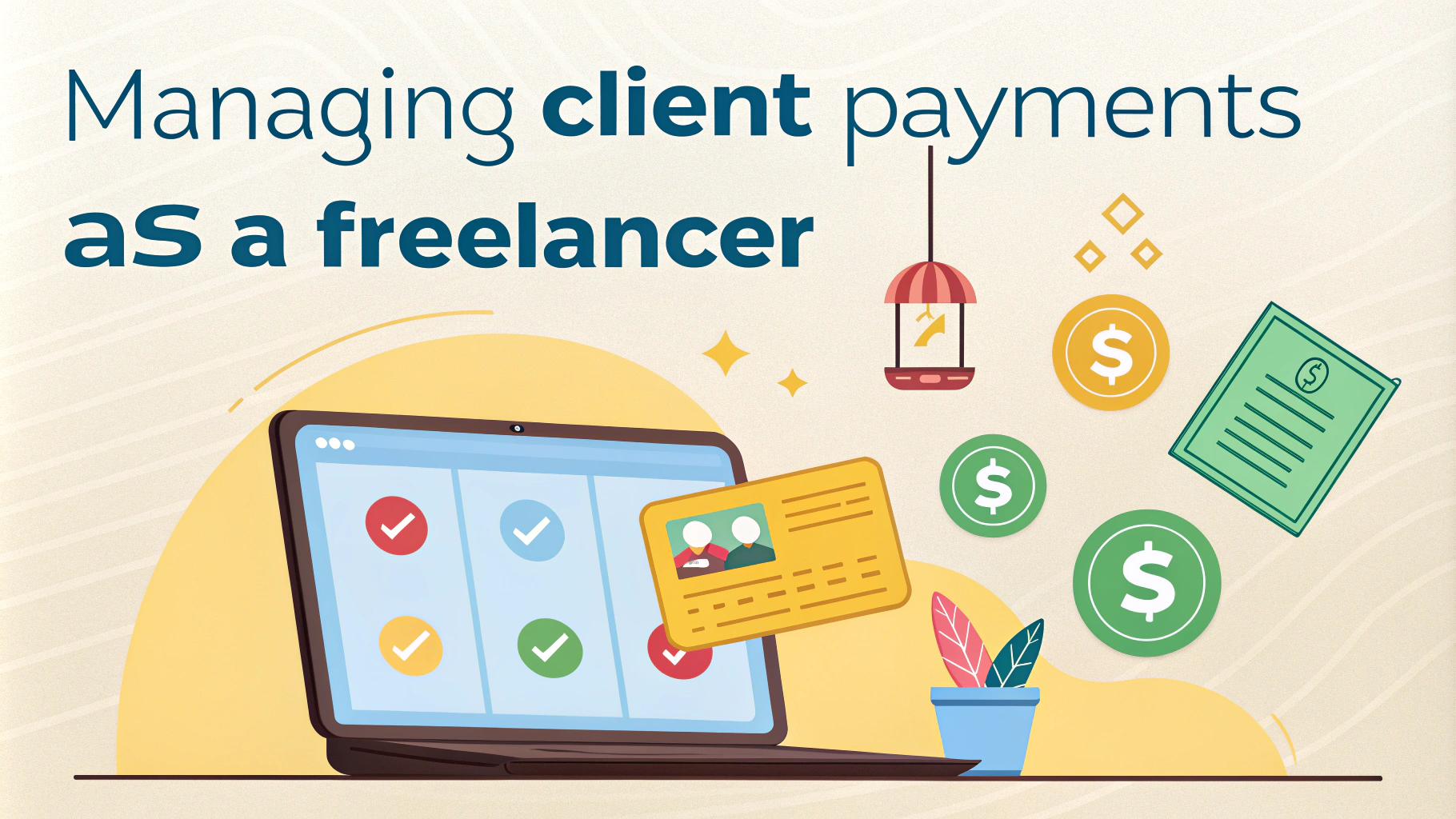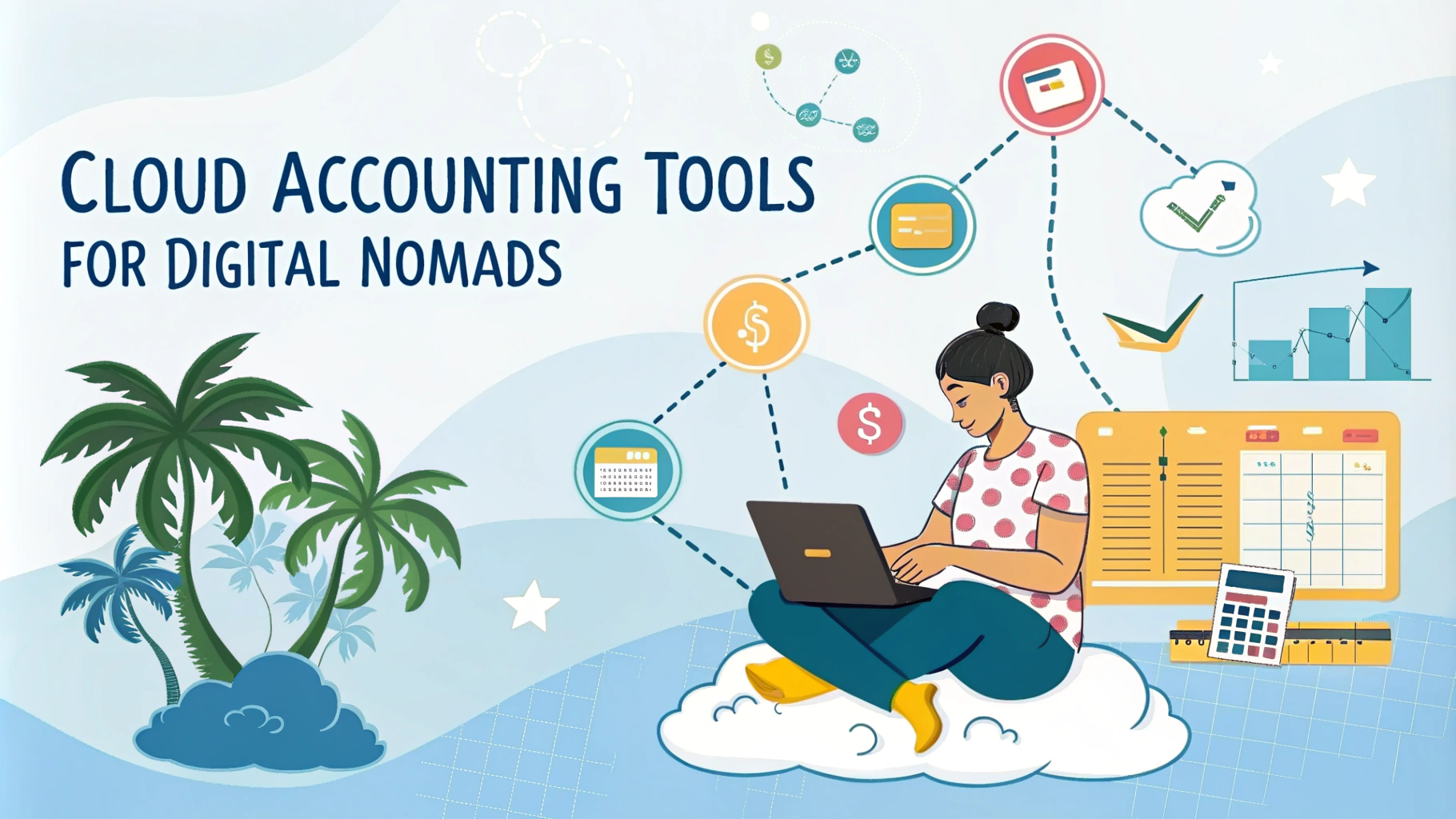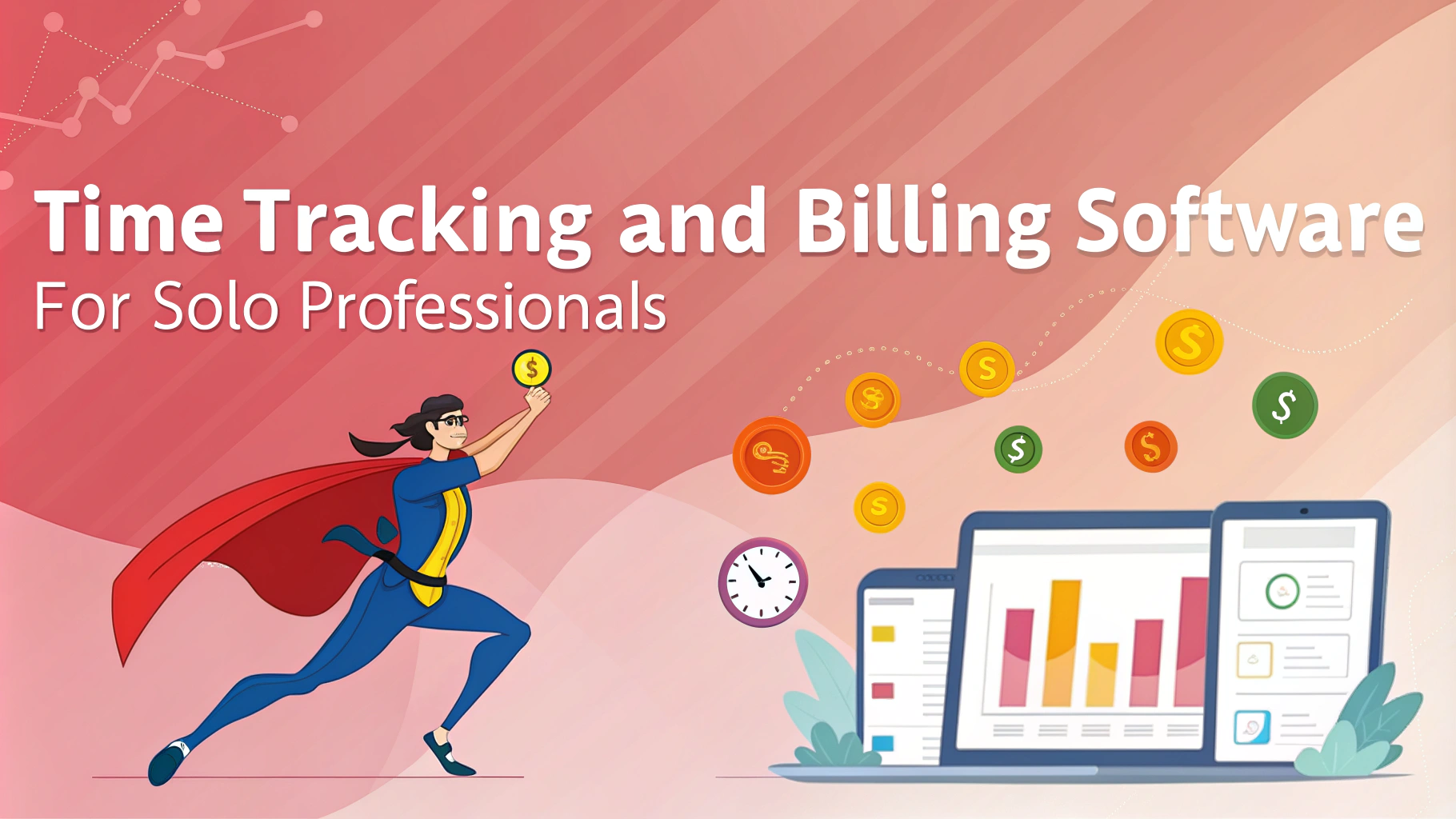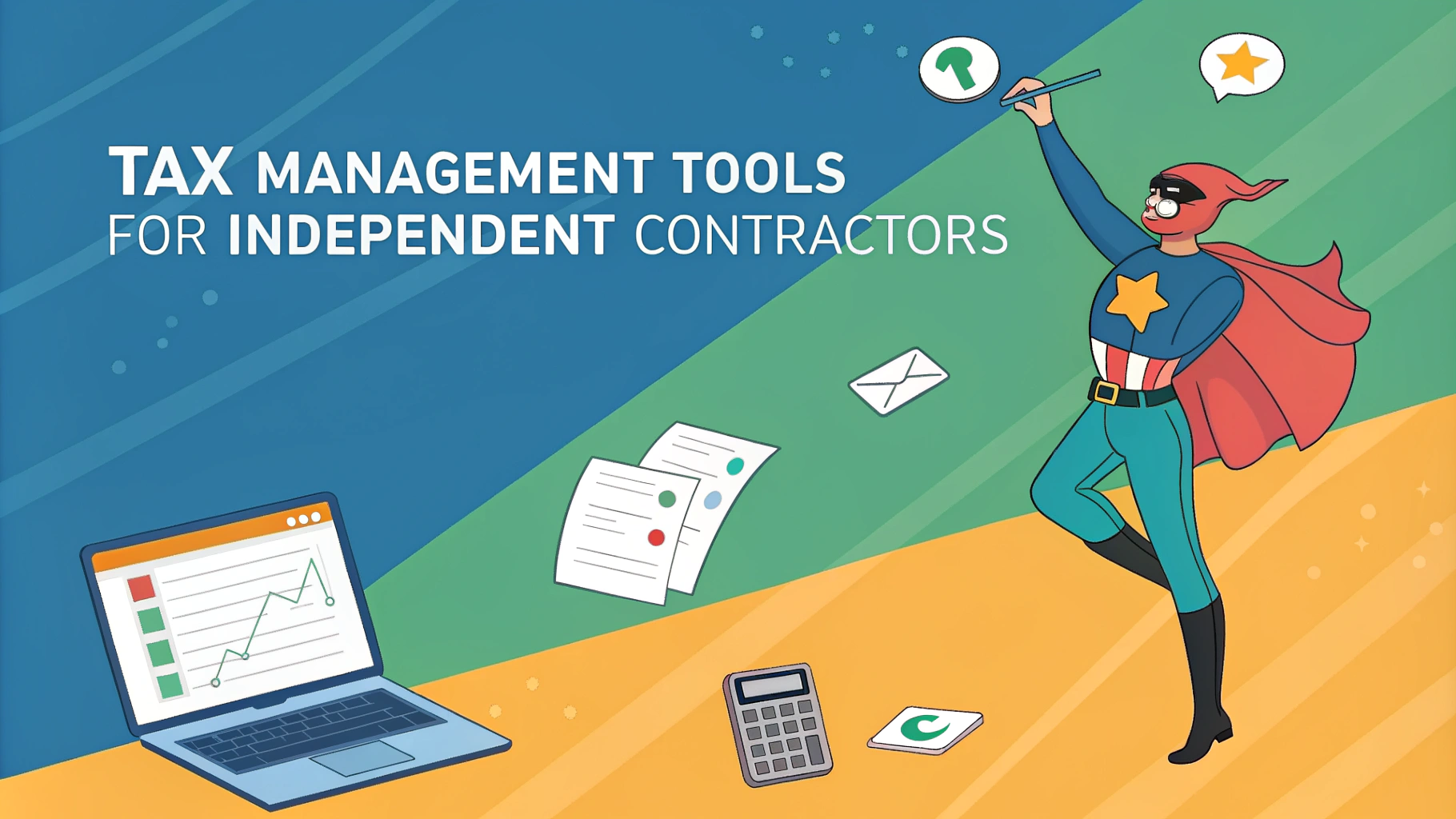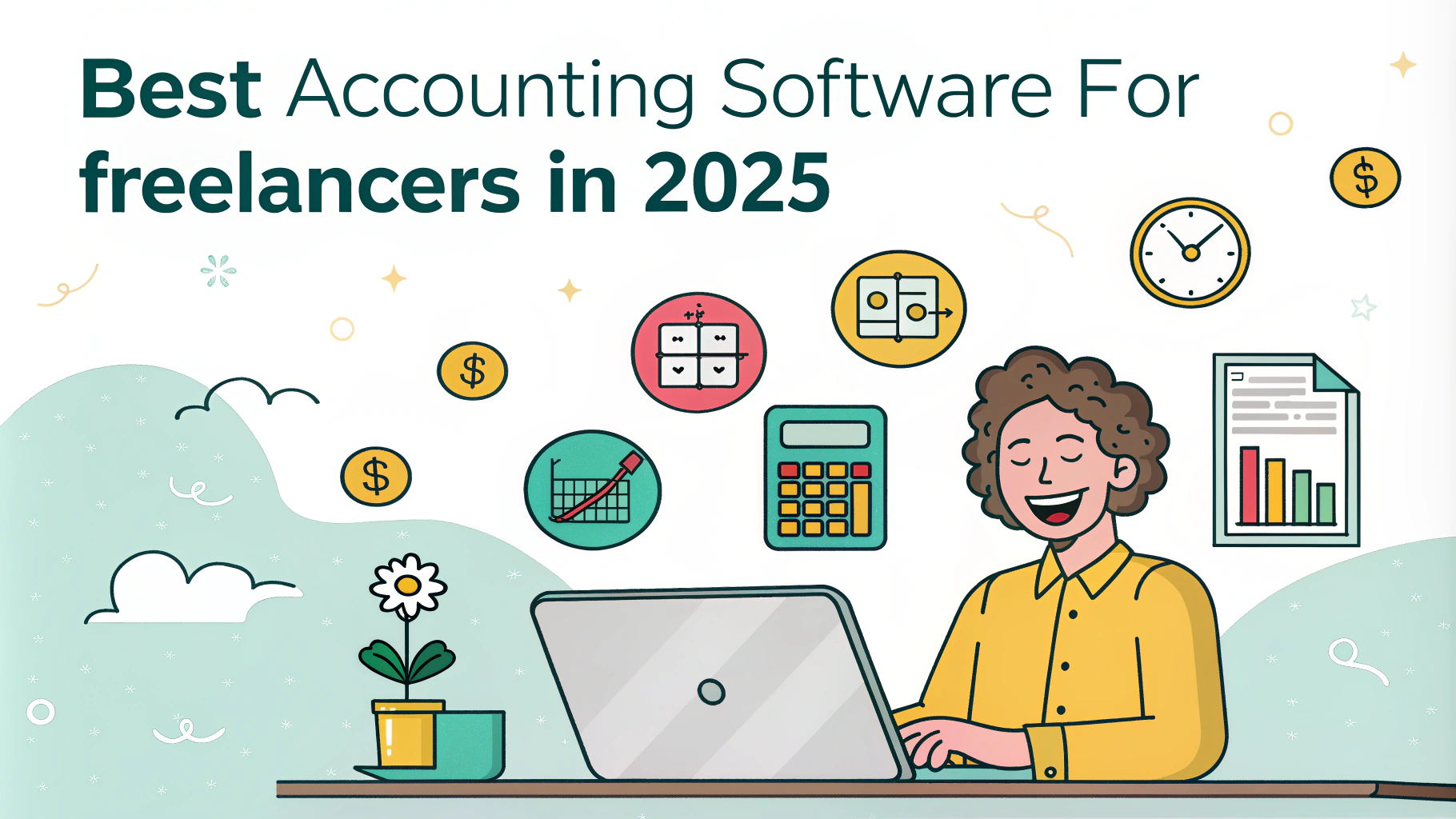Freelancers need reliable invoicing solutions to maintain professional relationships with clients and ensure steady cash flow.
Popular Invoicing Software Options
- FreshBooks – Perfect for creative professionals, starting at $15/month
- Time tracking built-in
- Expense management
- Client portal
- QuickBooks Self-Employed – Ideal for solo entrepreneurs, from $15/month
- Tax category tracking
- Mileage tracking
- Receipt scanning
- Wave – Free platform with paid add-ons
- Unlimited invoicing
- Payment processing (fees apply)
- Basic accounting features
Key Features to Look For
- Automated payment reminders
- Multiple currency support
- Customizable invoice templates
- Mobile app access
- Payment integration options
Tips for Professional Invoicing
Set clear payment terms upfront with clients to avoid misunderstandings.
Number your invoices systematically (e.g., CLIENT-2024-001) for easy tracking.
Include your business details, tax numbers, and multiple payment options on every invoice.
Free Invoice Template Resources
- Google Docs Templates
- Microsoft Office Templates
- Canva Free Invoice Maker
Payment Integration Options
| Provider | Processing Fee | Settlement Time |
|---|---|---|
| Stripe | 2.9% + $0.30 | 2 business days |
| PayPal | 2.9% + $0.30 | Instant |
| Square | 2.6% + $0.10 | 1-2 business days |
Automation Tips
Set up recurring invoices for regular clients to save time.
Connect your invoicing software to your business bank account for automatic payment reconciliation.
Use automated late payment reminders to maintain consistent cash flow.
Tax Considerations
Save digital copies of all invoices for tax purposes.
Track billable expenses separately from general business expenses.
Consider quarterly tax payments to avoid year-end tax surprises.
Best Practices for Invoice Management
- Create a dedicated filing system for invoices
- Back up invoice records in cloud storage
- Review aging reports monthly
- Document all payment-related communications
- Maintain separate business and personal accounts
International Invoicing Considerations
Include exchange rate information for international clients.
Specify which party covers currency conversion fees.
Add VAT or GST details when required by local regulations.
Security Measures
- Use encrypted payment processing systems
- Implement two-factor authentication
- Regularly update invoicing software
- Back up data automatically
Frequently Asked Questions
1. How often should I send invoices?
Send invoices immediately upon project completion or according to agreed payment milestones. For recurring services, maintain a consistent monthly schedule.
2. What payment terms are standard for freelancers?
Common terms include Net 30, Net 15, or due upon receipt. Choose terms that align with your cash flow needs.
3. Should I charge late payment fees?
Yes, clearly state late payment fees in your initial contract and on invoices. Typical rates are 1.5-2% monthly.
4. How long should I keep invoice records?
Keep records for at least 7 years for tax purposes, or longer if required by local regulations.
5. Can I invoice in multiple currencies?
Yes, most modern invoicing software supports multiple currencies. Specify exchange rates and who bears conversion costs.
6. What should I do about unpaid invoices?
Follow up with automated reminders, then personal contact, and consider legal action for significant amounts.
7. Is it necessary to include my tax ID on invoices?
Yes, include relevant tax identification numbers for both domestic and international transactions.
8. Should I offer early payment discounts?
Consider offering 2-5% discounts for early payment if improving cash flow is a priority.
9. How can I reduce invoice processing time?
Use templates, automation tools, and integrated payment systems to streamline the process.
10. What should I do if a client disputes an invoice?
Address disputes promptly, maintain professional communication, and document all interactions and resolutions.
Conclusion
Effective invoice management is crucial for freelance business success. Implement reliable systems, maintain professional standards, and leverage automation tools to ensure steady cash flow and strong client relationships.
Regular review and updating of invoicing practices helps maintain efficiency and professionalism while adapting to changing business needs and technological advances.

